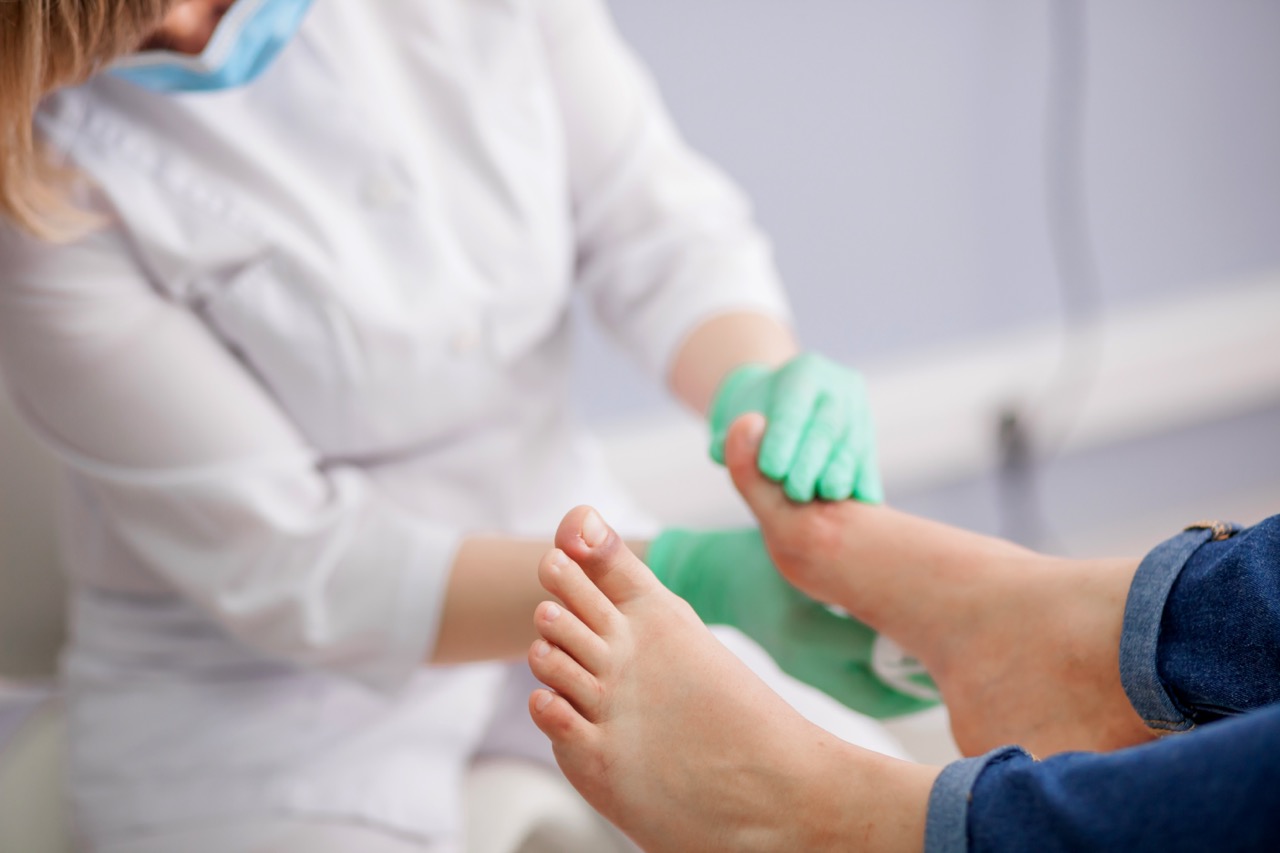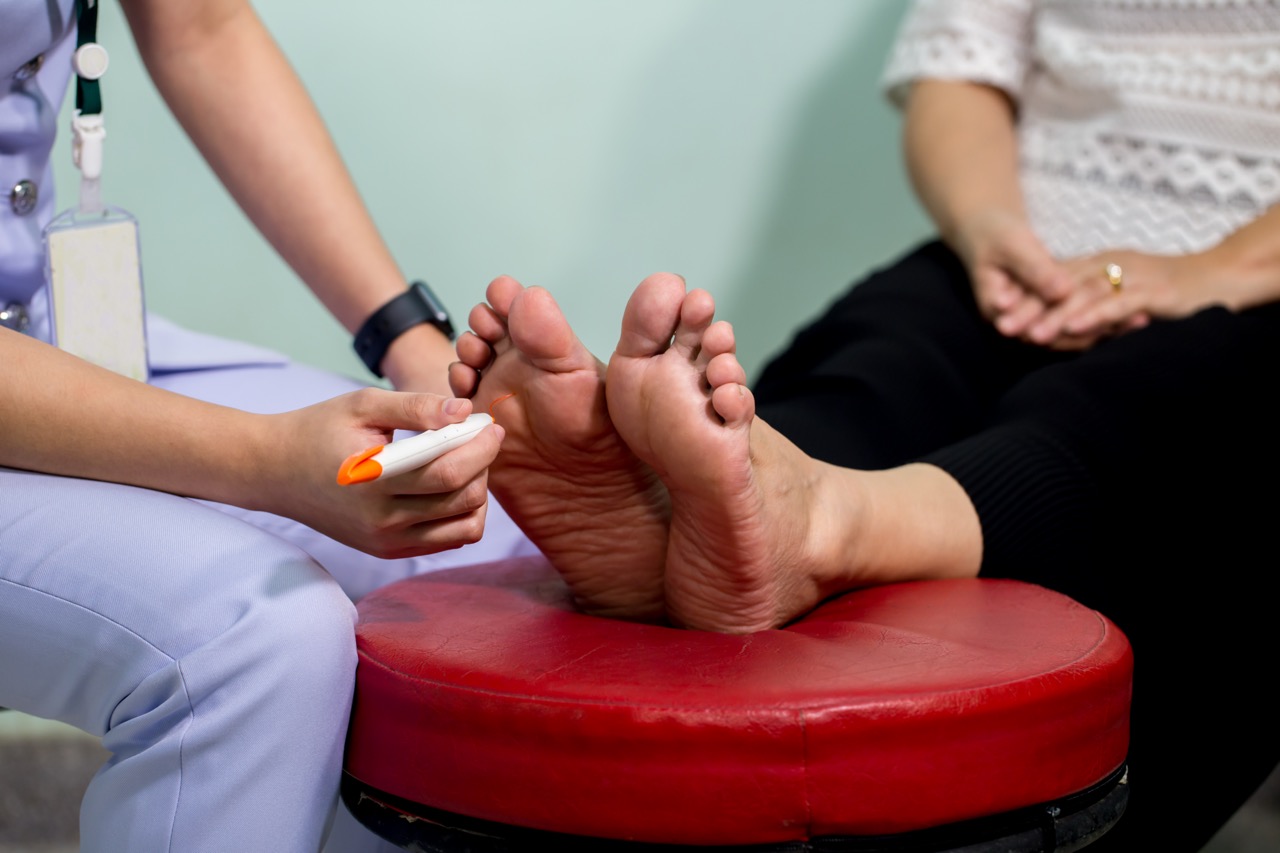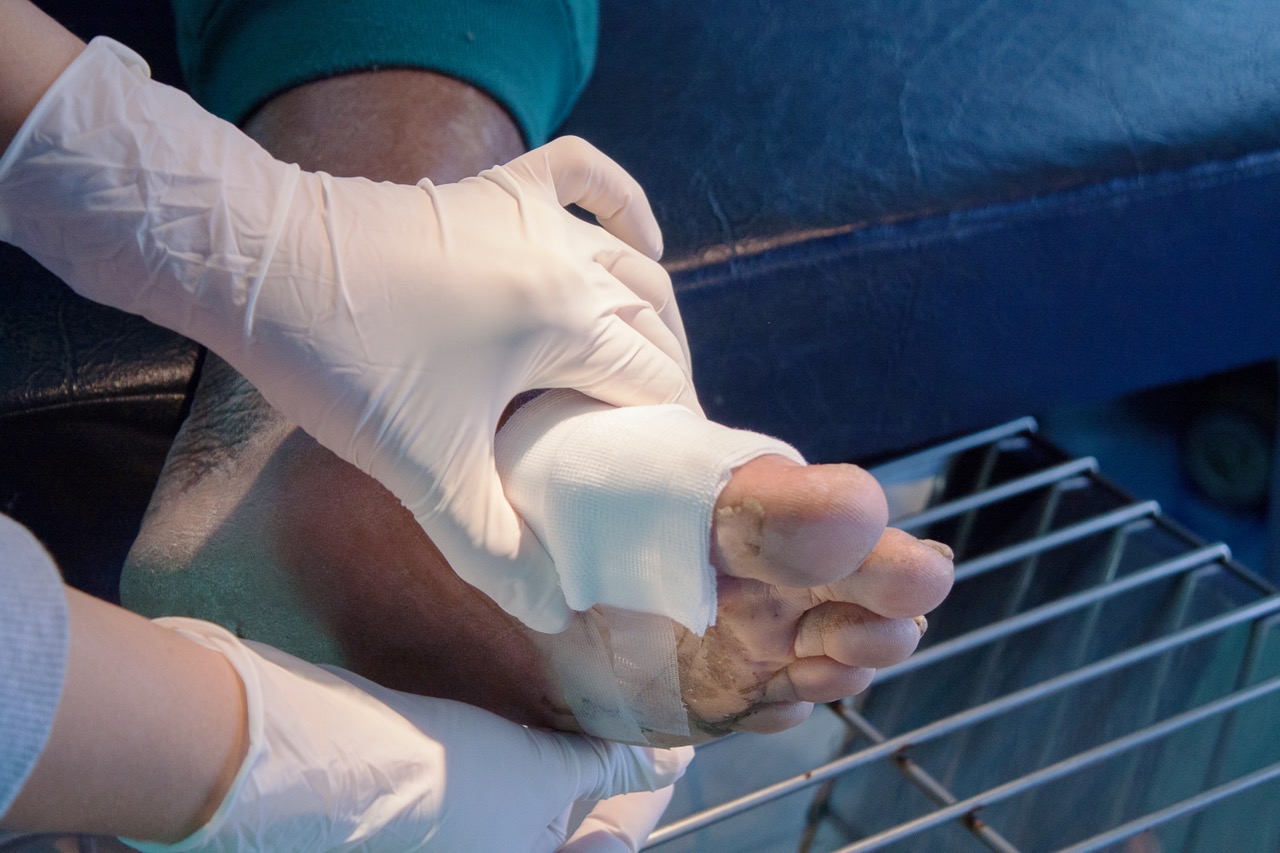Diabetic Foot Health: The Importance of Inspecting Your Feet
As a person living with diabetes, you are well aware of the importance of managing your blood sugar levels, maintaining a balanced diet, and staying physically active. However, one aspect of diabetic care that often goes overlooked is inspecting your feet regularly. Diabetic foot complications can arise silently and escalate quickly if not detected early.
In this blog, we’ll delve into the significance of foot inspections, provide a step-by-step guide on how to inspect your feet properly, and explain why this simple practice is a crucial part of your overall diabetic care routine.
The Significance of Foot Inspections for Diabetic Care
At the Foot and Ankle Specialists of Central PA, we understand that foot problems are prevalent among individuals with diabetes due to neuropathy (nerve damage) and poor circulation. When sensation is impaired, you may not feel pain or discomfort from blisters, cuts, or wounds, making it easier for problems to go unnoticed.
Additionally, reduced blood flow to the extremities slows down the healing process, increasing the risk of infections that can lead to severe complications, including amputation. If you have any concerns or questions, please do not hesitate to reach out to our office for help!
By inspecting your feet regularly, you can:
- Detect Issues Early: Regular foot inspections allow you to spot any changes or abnormalities promptly. Identifying problems at an early stage can prevent them from worsening and reduce the risk of severe complications.
- Monitor Progress: Keeping track of your foot health through inspections and record-keeping helps you and your healthcare provider monitor any developments or improvements over time.
- Take Preventive Measures: When aware of potential problem areas, you can take proactive steps to prevent issues. Simple measures like choosing proper footwear and adopting good foot care practices can go a long way in protecting your feet.
How to Inspect Your Feet Properly
We want to ensure you have the best chances to maintain optimal foot health! Follow these steps to conduct a thorough foot inspection:
Step 1: Choose the Right Time and Place
Select a quiet, well-lit area where you can sit comfortably. Ensure you have enough time to perform the inspection without rushing. Choosing the right time and place for inspecting your feet is crucial to ensure a focused and comfortable examination. Select a well-lit and quiet area where you can sit comfortably, allowing ample time to conduct a thorough inspection without any distractions or rush.
Step 2: Wash and Dry Your Feet
Gently cleanse your feet with warm water and mild soap. Pay special attention to the spaces between your toes. After washing, pat your feet dry with a soft towel, including the areas between your toes. Washing and drying your feet regularly is fundamental to diabetic foot care.
A gentle cleansing with warm water and mild soap, followed by thorough drying, helps prevent infections and maintain healthy skin on your feet.
Step 3: Observe the Overall Appearance
Look for any changes in skin color, swelling, or areas of redness. Check for dry, cracked, or peeling skin. Inspecting your feet regularly for any change in appearance is essential for individuals with diabetes. Detecting early signs of redness, swelling, or skin abnormalities can help prevent serious diabetic foot complications and ensure prompt medical intervention if needed.
Step 4: Inspect Between Your Toes
Carefully examine the spaces between your toes for any signs of skin breakdown, blisters, or infection. Checking for any signs of skin breakdown, blisters, or infection in these areas is crucial for preventing potential foot problems.
Step 5: Examine Your Toenails
During foot inspections, pay close attention to your toenails. Look for any ingrown nails, fungal infections, or nail abnormalities, as addressing these issues promptly can prevent discomfort and complications.
Step 6: Check the Soles of Your Feet
Use a handheld mirror or ask for assistance to inspect the soles of your feet. Checking the soles of your feet is a vital part of foot inspections for individuals with diabetes. Look for open wounds, ulcers, or calluses on the soles to prevent infections and promote overall foot health.
Step 7: Assess Foot Temperature and Sensation
Feel the temperature of your feet with the back of your hand. Test for any loss of sensation by gently touching various areas of your feet with your fingers. Assessing foot temperature and sensation is crucial during foot inspections for diabetic individuals.
Feeling the temperature and testing for any loss of sensation can help identify potential nerve damage or circulation issues, allowing for timely intervention and prevention of further complications.
Step 8: Note Any Unusual Sensations
Noting any unusual sensations in your feet during inspections is critical for diabetic care. Pay attention to tingling, burning, or shooting pains, as they may indicate nerve damage or other underlying issues that require prompt medical attention.
Step 9: Document Your Findings
Documenting your findings after foot inspections is an essential practice for diabetic individuals. Keeping a record of any changes or abnormalities, along with dates and actions taken, helps you and your healthcare provider track progress and make informed decisions for ongoing foot care.
Step 10: Seek Medical Attention
If you notice any concerning changes during your foot inspection, or if you have difficulty detecting issues due to impaired vision or mobility, seek immediate medical attention from our podiatrists.
Let Us Help With Your Diabetic Foot Care
Inspecting your feet regularly is an integral part of diabetic care. By dedicating a few minutes each day to this simple practice, you can catch potential problems early, take preventive measures, and maintain better foot health.
Remember, if you encounter any concerning changes during the foot inspection or have difficulty performing self-checks, contact our office as soon as possible. Your feet carry you through life, so let the Foot and Ankle Specialists of Central PA help you take the necessary steps to keep them healthy and happy!



